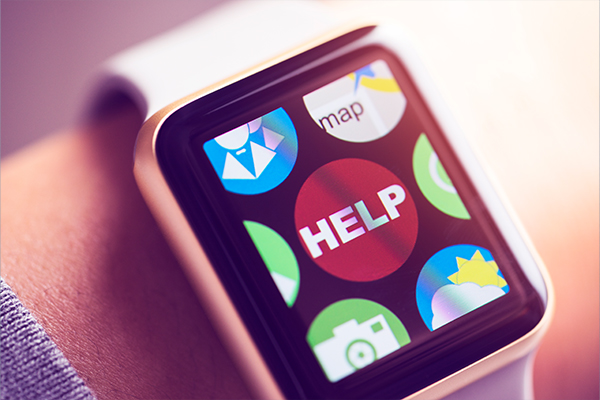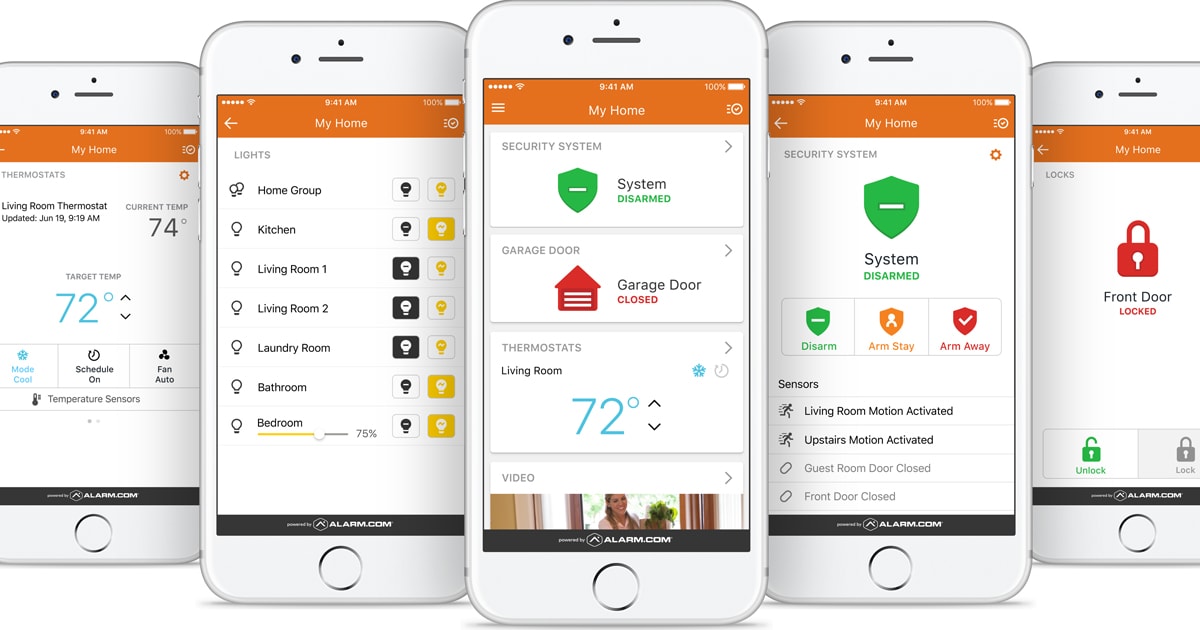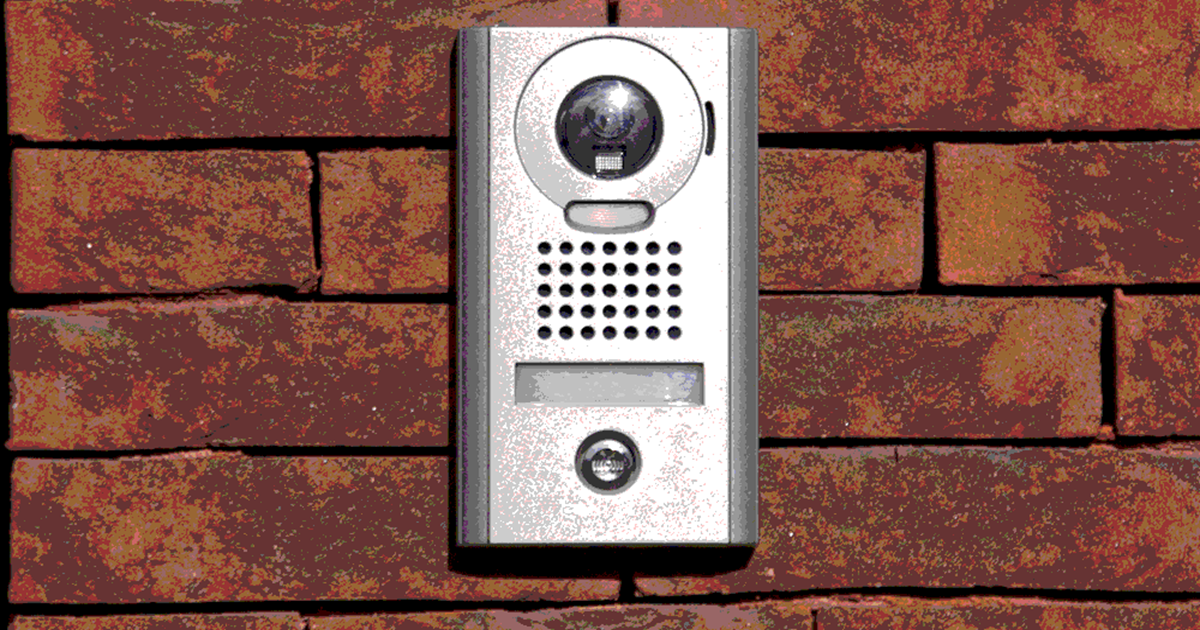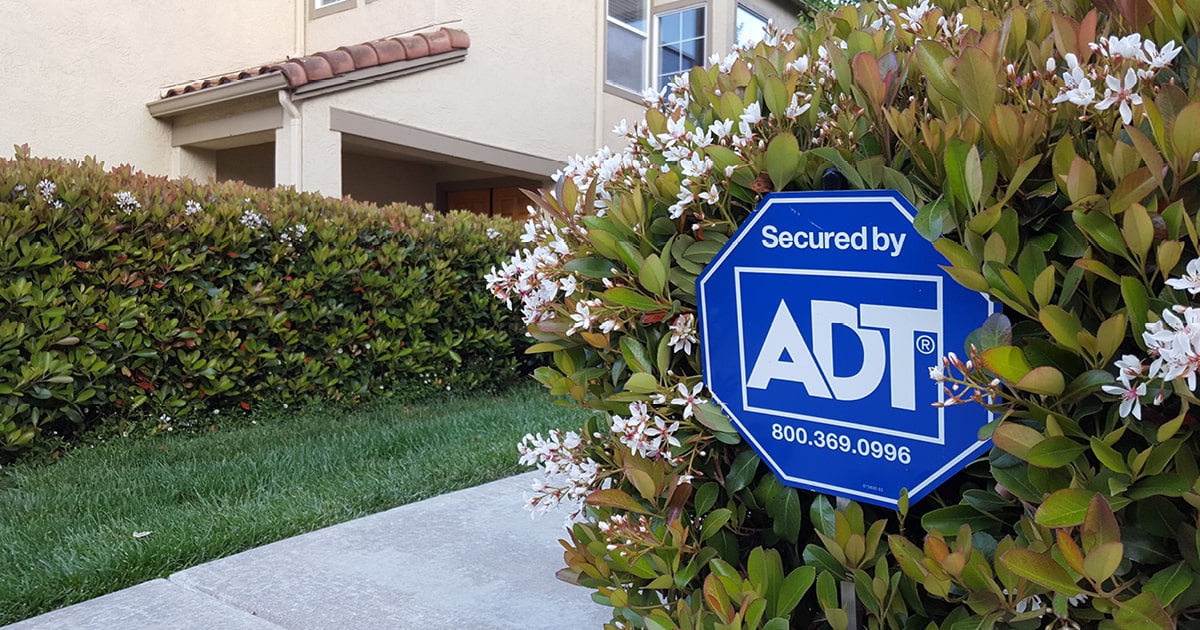Should My Business Have a Panic Button?
What Exactly is a Panic Button?
As the name implies, a panic button is a button or switch that an individual activates when there is an emergency that needs immediate attention. Panic buttons are often hidden from plain sight so they can be activated subtly or in secret by the correct individuals.
How Does a Panic Button Work?
In general, panic buttons all serve the same purpose of alerting the authorities and others within the vicinity of a potentially hazardous situation; however, they could have slight differences as to how they get the job done.
Silent or audible alarm: Most panic buttons use a silent alarm feature to alert first responders and building occupants to an emergency, while keeping attackers in the dark. Some panic buttons employ an audible alarm. While this will certainly get the attention of everyone in the area and could scare away any assailants, it could also potentially escalate the emergency by provoking the intruders.
Panic buttons are typically monitored by a 24/7 security monitoring company. Other times, the buttons automatically alert local police, nearby patrol cars, and more.
Panic Button Locations
In most cases, panic buttons should be placed in multiple areas throughout your business and the overall building in the case of multi-tenant buildings. Employees located within the reception or customer-facing areas should have easy access to a panic button since they are front-of-house and are most likely to encounter any emergencies first. It’s also wise for back-office employees to have access to a panic button as they could hear or see a dangerous interaction and then discreetly activate the alarm. In short, the more panic buttons that are placed around a business, the better. Just remember, they should be placed where employees are the only ones that can easily access them.
Panic Button Apps
Just like most forms of technology, there are downsides to a physical panic button. What happens when an intruder stands between employees and the nearest panic button? What if the power supply or phone lines connecting the button were tampered with?
Luckily, panic buttons have seen technological advances over the years—mostly in the form of panic button apps for smartphones and other handheld devices. Employees often have their phones on or near them. The likelihood of someone being able to access an app on a smartphone before reaching a physical panic button is quite high. External factors like intruders interfering with a phone line or power source are also off the table in this scenario.
In addition to an app-based panic button being more accessible, they often relay more valuable information to authorities, more quickly. A traditional panic button only typically notifies responders that there is an emergency, while an app can distinguish the exact type of emergency. Some even allow users to communicate directly with police or first responders to be even more thorough. With the rise of complimentary devices like smartwatches, people have the ability to have their devices at their fingertips even faster.
App-based panic systems also tend to be cheaper to implement and maintain. Because this type of system only involves the purchase of software and employees provide their own hardware (ie: their personal smartphone), they tend to cost less.
Consult with the Pros
To fully understand what type of panic button system is right for your business and employees, it’s always best to speak with a commercial security expert. FSS Technologies can help you identify your security risks and develop the best plan to suit your specific needs.










